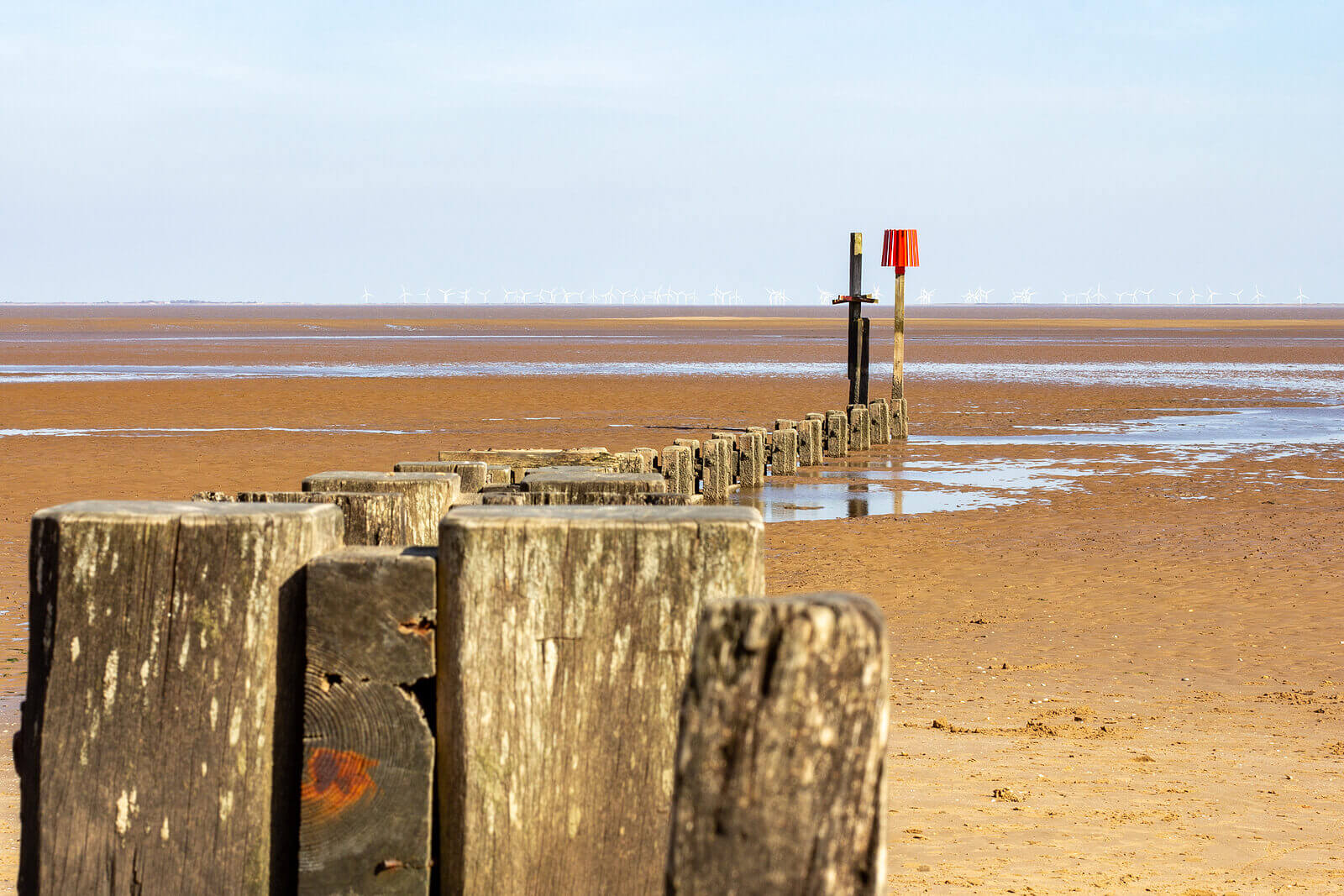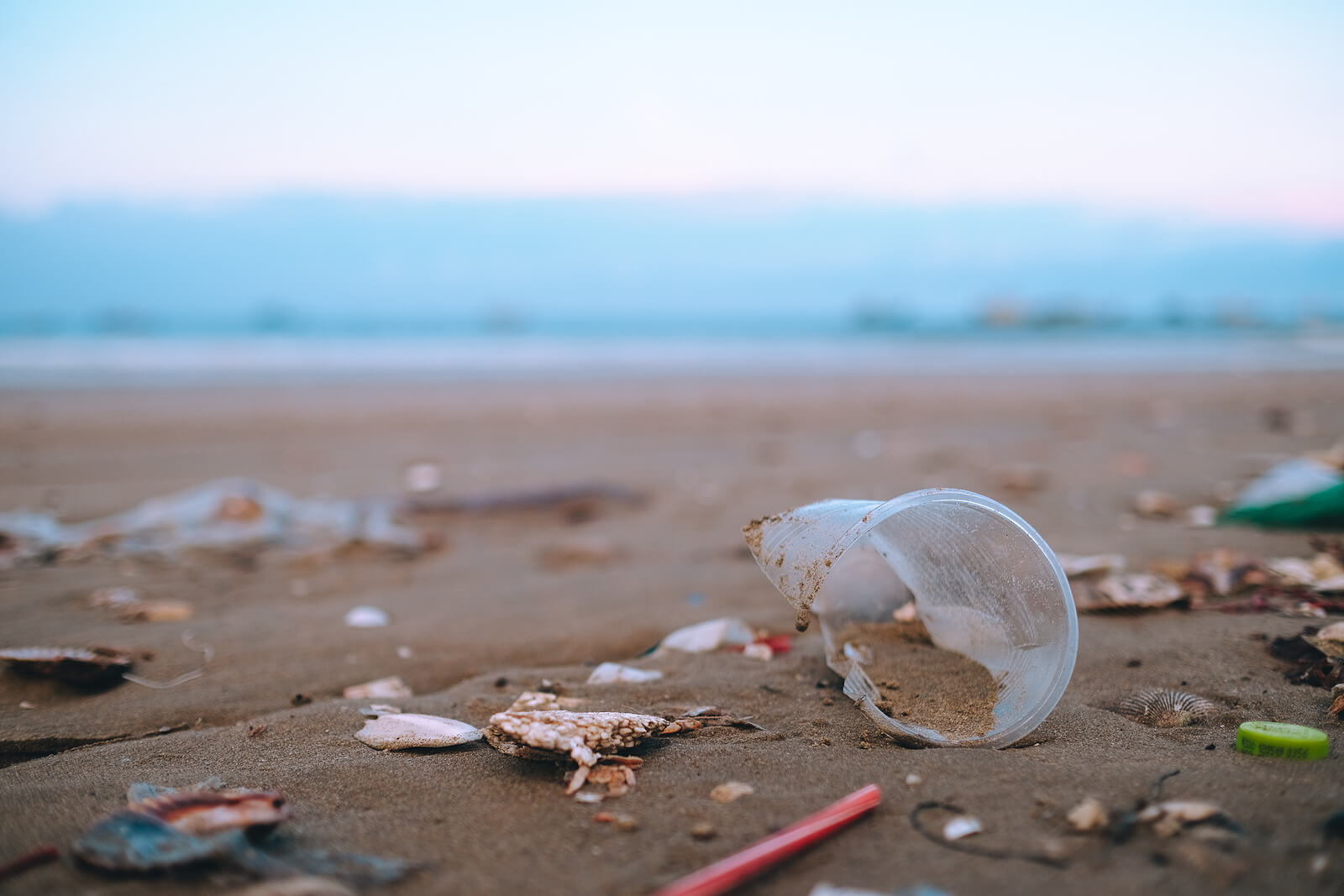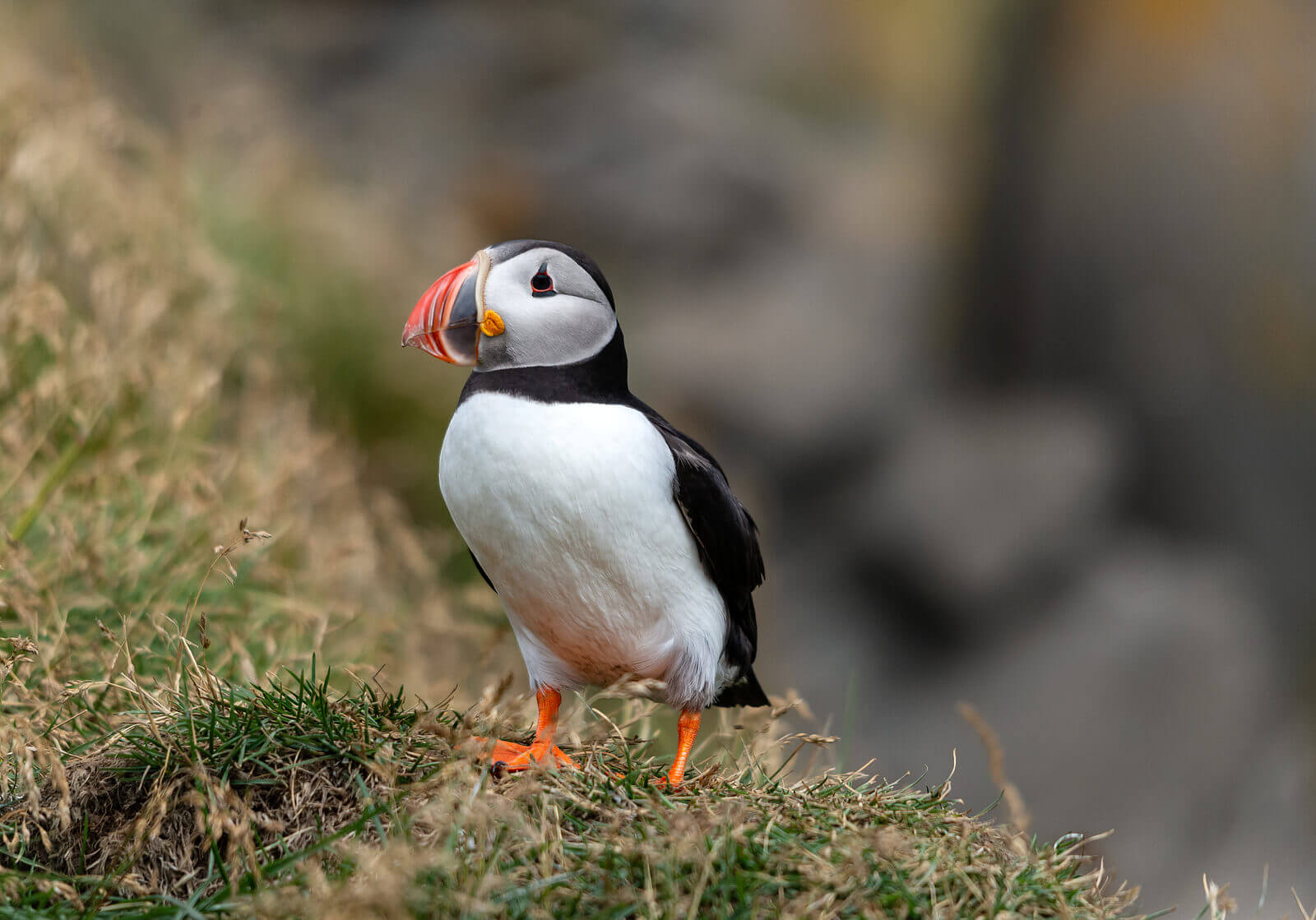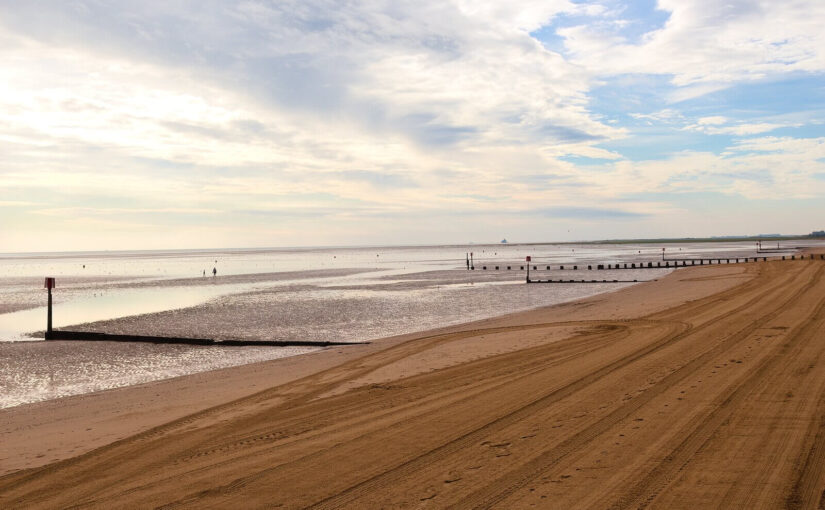Like most beach resorts across the UK, Cleethorpes is, unfortunately, no stranger to litter — especially on hot days when people head to the beach in their thousands.
It’s no wonder people flock to Cleethorpes beach when the sun makes an appearance, though — it’s beautiful and award-winning, with The Trainline naming it the second-best beach in the UK in 2021 — ahead of Blackpool, Filey and Skegness.
In this blog post, we’ll explore the litter problem in Cleethorpes and why solving it is so vital to the area.
Why is litter a problem?
Litter not only looks unsightly, but it is also awful for the environment too.
While it exists, it poses a risk to wildlife, who may try to eat it or get caught up in it. We wrote a separate blog post on how litter harms wildlife if you’d like to learn more on this particular topic.
Young children are also at risk from litter as they are inclined to pick items up and put them in their mouths. Also, they may trip on litter or land on it when they fall over.
Litter on or near a beach carries additional risks, as it is likely to end up in the sea, where it can affect marine life.
In addition, plastic litter that isn’t picked up can leach toxic chemicals into the ground and local waterways.
Keep Britain Tidy conducted research and found that the presence of litter in an area results in even more litter being deposited there. In other words, if people see litter around them, they are less inclined to bin their own rubbish — instead, opting to add to the litter issue.

Marine litter statistics
Worldwide, it’s estimated that 6.4 million tonnes of litter enter the sea annually, with eight million individual pieces of marine litter entering the sea daily.
It is thought that 37 per cent of marine litter originates with the general public (with the rest coming from fishing, etc.), so reducing seaside litter can have a big impact.
Litter in Cleethorpes

Back in April, during the short heatwave, 35 individuals were issued with £100 fixed penalty notices in Cleethorpes on just one day for littering items such as plastic carrier bags, facemasks, aluminium cans, cardboard packaging, and glass bottles in the resort.
This isn’t a one-off event, and litter occurs every day in Cleethorpes, with peaks on sunny days when locals and tourists are more inclined to spend all day in the town.
Cleethorpes is well-prepared for visitors needing somewhere to deposit waste — there are over 60 litter bins along the Promenade alone, and extra-large bins are located just a few steps from Ross Castle and the beach.
The beach is raked and litter-picked daily from March to October — from Wonderland to the Fitties, including the sand dunes.
From October to March, the same section of beach is raked and litter-picked every Friday, Saturday, Sunday, and Monday. However, the litter levels are monitored by the Beach Safety Team, so additional picks can be organised when required.
There are also dog limitations in place on the beach to control cases of excrement. The entire beach is dog-friendly from Easter to October, but from October to Easter, only one side of the beach (to the right of the Leisure Centre) allows dogs.
The dog ban is strongly enforced, with 418 people landing a fixed penalty notice for walking their dog on the beach this year. This totals £41,800 in fines.
The Local Nature Reserve in Cleethorpes

As part of the Humber Estuary, the Cleethorpes coastline is a Site of Special Scientific Interest (SSSI). It has also been deemed a Special Protected Area (SPA), a Special Area for Conservation (SAC), and a European Marine Site. It is also a wetland of international importance.
The Local Nature Reserve in Cleethorpes runs from the Leisure Centre to the county boundary at RSPB Tetney Marshes.
During the winter months, the area is a vital staging post for over 150,000 migratory birds and is classed as one of the world’s top 10 estuaries by ornithologists.
The area also supports all manner of biodiversity, from marine life to unique plants.
All of the above shows how crucial it is to protect the Nature Reserve from the impact of litter.
What can you do about Cleethorpes litter?
The ultimate solution to litter in Cleethorpes is for people to stop dropping it. Sadly, that won’t happen overnight.
If you feel inspired to make a difference in your town, then take a look at our blog post entitled ‘How to organise a community litter pick’.
If you run a business in Cleethorpes and need a new waste management team, then get in touch today to find out how much money Forge Recycling could save you.
If you’re an individual who needs some waste removing from your property, then we can help you out with that, too.
